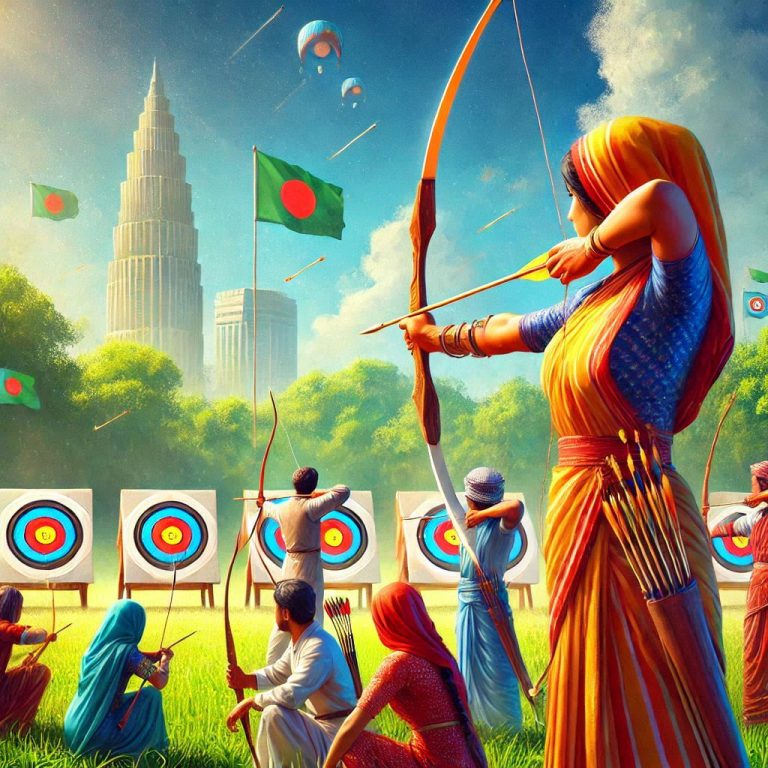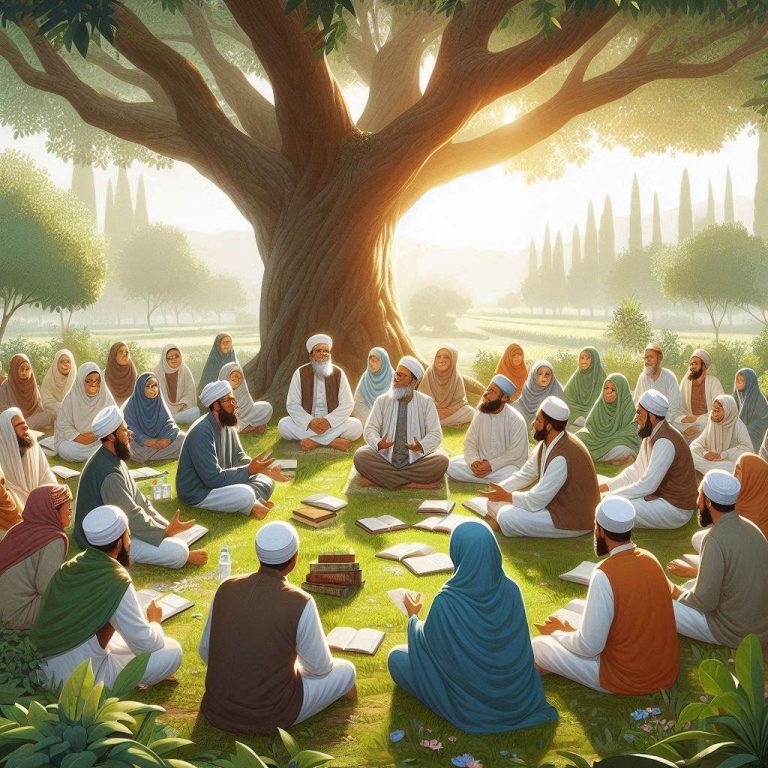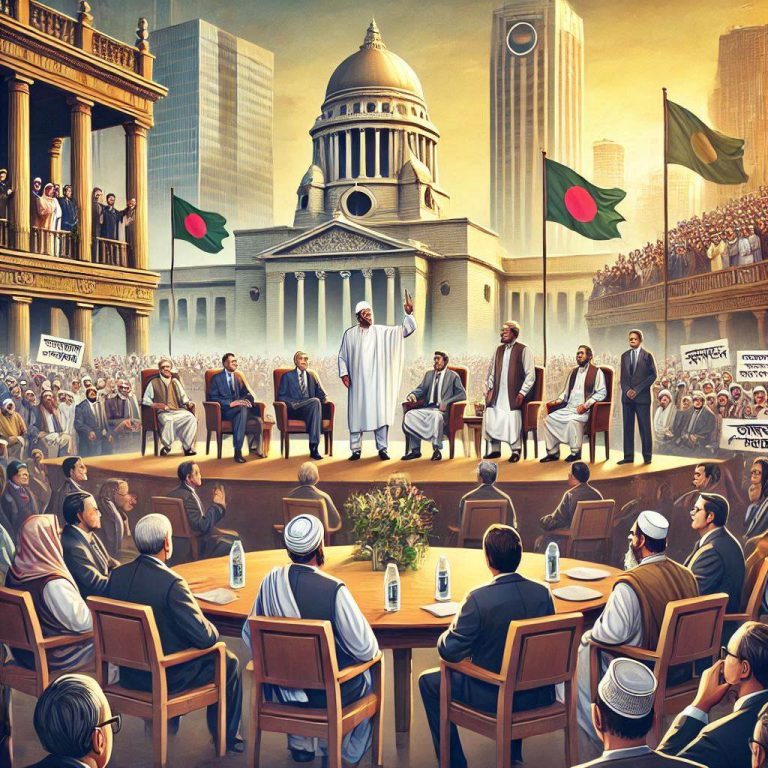
Badminton is a sport that enjoys immense popularity across the globe, and Bangladesh is no exception. In this blog, we will explore the various dimensions of badminton in Bangladesh, from its historical roots to its current standing, the challenges it faces, and its promising future. Badminton in Bangladesh is not just a recreational activity but a growing competitive sport that reflects the country’s rich cultural and social fabric.
A Brief History of Badminton in Bangladesh.
Badminton was introduced to the Bengal region during the British colonial era, alongside other Western sports such as cricket and football. The game quickly gained popularity due to its simplicity, minimal equipment requirements, and adaptability to local conditions. By the mid-20th century, badminton was a common pastime in urban and rural areas alike, played both in organized clubs and informally in backyards and open spaces.
After Bangladesh gained independence in 1971, badminton became a part of the country’s sporting identity. The Bangladesh Badminton Federation (BBF), established in 1973, has since been the governing body responsible for promoting and regulating the sport. The federation has worked to create a structured environment for badminton, organizing tournaments and training programs, though resource constraints have posed challenges.
The Popularity of Badminton.
Badminton’s popularity in Bangladesh can be attributed to several factors. Firstly, it is an affordable sport that requires minimal equipment—a racket, a shuttlecock, and a net. This accessibility makes it a preferred choice for people across diverse socioeconomic backgrounds. Secondly, the sport’s fast-paced nature and the excitement it generates attract players and spectators alike.
Badminton is particularly popular during the winter months, when the weather is conducive to outdoor activities. In many neighborhoods, streets and open spaces come alive with makeshift badminton courts. Social and cultural events often include badminton matches, fostering community spirit and engagement.
Infrastructure and Facilities.
One of the major challenges for badminton in Bangladesh is the lack of infrastructure. While urban centers like Dhaka and Chittagong boast indoor badminton courts in clubs and sports complexes, rural areas often lack proper facilities. Many players resort to playing on makeshift courts, which can hinder skill development and limit competitive opportunities.
Several institutions, including schools, universities, and private clubs, have taken initiatives to build courts and promote the sport. However, the demand far exceeds the available facilities. Public-private partnerships and increased investment in sports infrastructure could address this gap and help nurture talent at the grassroots level.
Badminton as a Competitive Sport.
Although recreational badminton is widespread, competitive badminton in Bangladesh is still in its developmental phase. The BBF organizes several national tournaments annually, such as the National Badminton Championship and regional competitions. These events provide a platform for players to showcase their skills and gain exposure.
Bangladesh has also participated in international tournaments, including the South Asian Games and the Badminton Asia Championships. While the country has yet to achieve significant success on the global stage, a few players have shown promise, demonstrating the potential for growth with proper support and training.
Talent Development and Coaching.
One of the key factors in the development of any sport is talent identification and nurturing. In Bangladesh, initiatives for scouting and training badminton players are still in their nascent stages. Many aspiring players face financial constraints, lack access to quality coaching, and struggle with inadequate training facilities.
The BBF, along with private academies, has started to focus on youth development programs. Training camps and workshops conducted by experienced coaches aim to enhance players’ technical and tactical skills. Collaborations with international badminton organizations and coaches could further elevate the standard of training in the country.
Role of Women in Badminton.
Badminton in Bangladesh is not limited to men; women have also made their mark in the sport. The inclusion of women in badminton has been a positive step towards gender equality in sports. Female players regularly participate in national and regional tournaments, and some have represented Bangladesh in international competitions.
However, challenges remain. Societal norms and limited opportunities often discourage women from pursuing sports as a career. Efforts to address these issues through awareness campaigns, scholarships, and dedicated training programs for female athletes could pave the way for greater participation and success.
Community and Social Impact.
Badminton has a significant social impact in Bangladesh, fostering a sense of community and promoting physical fitness. The sport is a common feature of family gatherings, school events, and local competitions, bringing people together and encouraging an active lifestyle. For many, badminton is not just a game but a way to build relationships and create lasting memories.
Moreover, badminton has the potential to address broader social issues. Programs that use sports as a tool for youth development can leverage badminton to instill discipline, teamwork, and leadership skills. These programs can also provide a constructive outlet for young people, steering them away from negative influences.
Challenges Facing Badminton in Bangladesh.
Despite its popularity, badminton in Bangladesh faces several challenges:
Limited Funding: Financial constraints hinder the development of infrastructure, training programs, and competitive opportunities.
Lack of Professionalism: The sport is often viewed as a recreational activity rather than a professional pursuit, leading to limited career opportunities for players.
Inadequate Coaching: There is a shortage of qualified coaches and training facilities, which affects the quality of player development.
Cultural Barriers: Societal attitudes towards sports, particularly for women, can limit participation and growth.
The Future of Badminton in Bangladesh.
Despite these challenges, the future of badminton in Bangladesh looks promising. Increased awareness and interest in the sport, coupled with government and private sector support, could drive significant progress. Here are some key areas to focus on for the growth of badminton:
Grassroots Development: Establishing badminton programs in schools and communities to identify and nurture young talent.
Infrastructure Investment: Building more indoor and outdoor courts to meet the growing demand for facilities.
Training and Coaching: Enhancing coaching standards through international collaborations and certifications.
Promoting Women’s Participation: Creating opportunities and support systems for female players.
Hosting International Events: Organizing international tournaments to raise the profile of badminton in Bangladesh and inspire local players.
Conclusion.
Badminton in Bangladesh is more than just a sport; it is a cultural phenomenon that unites people across the country. While challenges remain, the potential for growth and success is immense. With concerted efforts from all stakeholders—government, sports federations, private organizations, and the community—Bangladesh can emerge as a formidable presence in the world of badminton. By investing in the sport today, the nation can look forward to a brighter and more dynamic badminton landscape in the years to come.






